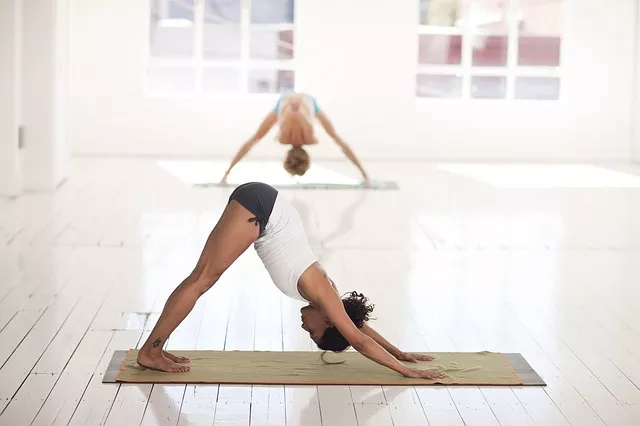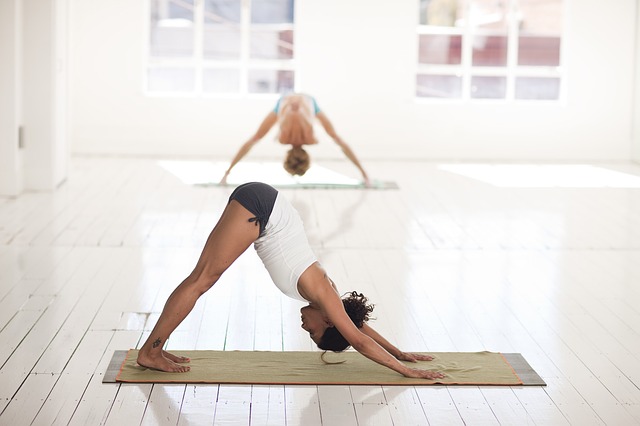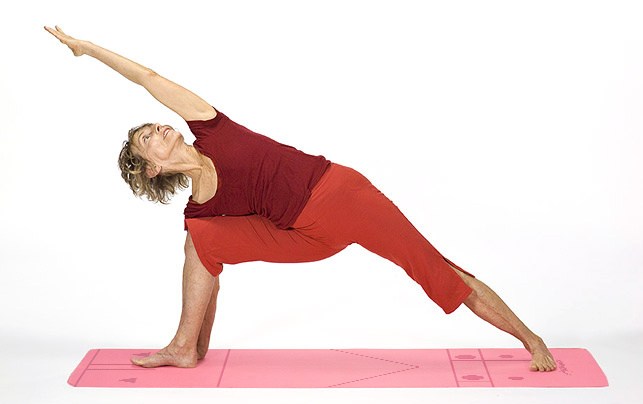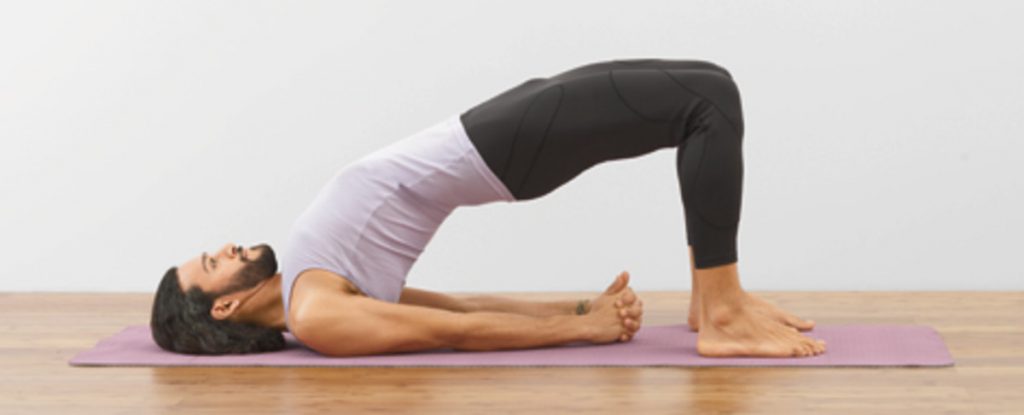*The Origins of Yoga Culture and Modern Yoga*
### Origins of Yoga
Yoga primarily originates from ancient India. In Sanskrit, "yoga" means the "union of the inner true self." In ancient Indian religious culture, the purpose of practicing yoga was to explore the philosophy of "Brahman and Atman are one," focusing on self-cultivation and aiming for deeper philosophical thinking and realization.
### Modern Yoga
Modern yoga practices are generally not associated with any religion. Instead, they combine physical postures (asanas) for adjusting body posture, breathing techniques (pranayama) for regulating breath, and meditation for mental relaxation, achieving benefits such as:
### Benefits of Yoga
1. *Improving Flexibility and Blood Circulation*: Many yoga poses involve stretching the body. Long-term training can help improve body stiffness, making muscles and bones more flexible and resilient, reducing the risk of injuries. It also promotes blood circulation, enhancing metabolism and reducing cold limbs, leading to better health and complexion.
2. *Calorie Burning and Weight Loss*: Yoga may seem like a slow and static exercise, but it can burn a significant amount of calories, especially high-intensity stability yoga poses that require muscle engagement to maintain balance. Those with knee injuries or unable to perform vigorous exercises can start with basic yoga poses and choose positions that do not burden the joints, helping burn calories.
3. *Training Muscle Strength and Control*: Many yoga poses are essentially "weight training" using body weight. Yoga involves many "stabilizing" movements similar to eccentric training, promoting neural transmission and stimulating muscles for muscle growth, though limited by body weight.
4. *Relieving Stress and Improving Sleep Quality*: Yoga focuses on muscle training and relaxation. Modern people often suffer from poor posture-related diseases and chronic pain due to prolonged work hours. Yoga helps reduce muscle tension through training and relaxation, improving overall well-being. Regular practice (4-5 times a week) can help reduce muscle tightness and enhance relaxation.
*Note*: If muscles are already strained, avoid forced stretching to prevent further injury or inflammation.
### Basic Yoga Poses
*1. Cat Pose*
- Kneel on the yoga mat, hands and knees supporting the body.
- Ensure thighs and calves form right angles.
- Inhale (abdominal breathing) and exhale while arching the back (beginner: 3 breaths per cycle).
*2. Downward-Facing Dog*
- Start in a kneeling position on the mat.
- Extend arms forward, almost touching knees.
- Push body up, arms straight, hips raised towards the ceiling.
- Relax neck, let head hang naturally.
- Press palms flat on the mat to avoid wrist injury (beginner: 3 breaths per cycle).
*3. Extended Side Angle Pose*
- Stand in Mountain Pose, feet apart, arms extended at shoulder height.
- Bend right leg at a 90-degree angle above the ankle.
- Place right hand outside the right foot, extend left arm over the head, forming a straight line (beginner: 3 breaths per cycle, repeat on the other side).
*4. Bridge Pose*
- Lie on the yoga mat, knees bent, feet hip-width apart, heels under knees.
- Raise hips, pressing arms into the ground, lift waist and chest diagonally upwards.
- Clasp hands under the body, pushing hips and chest upwards (beginner: 3 breaths per cycle).
*5. Extended Puppy Pose*
- On all fours, hands shoulder-width apart, knees hip-width apart, toes tucked.
- Lower the upper body, press forearms into the ground, expand chest.
### Conclusion
These are some foundational yoga poses for beginners. Yoga is vast, with variations like Hatha Yoga, Hot Yoga, Power Yoga, and Yogalates. Beginners should start with basic poses and consult experts or yoga instructors for deeper learning and advice to avoid incorrect postures and injuries.






